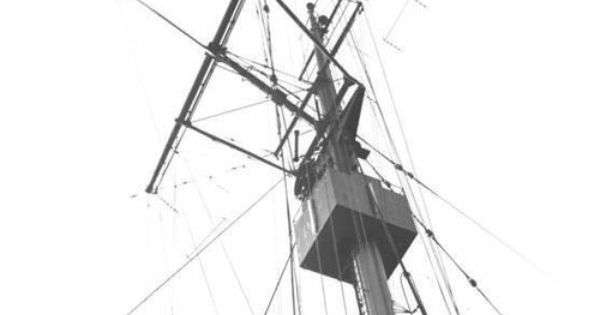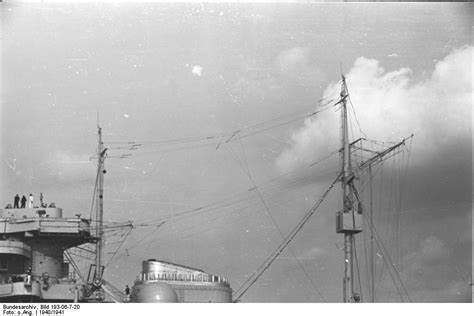Good work Ben,
Yes, Ships are constantly changing rigging.
Basicly there are three types.
1. Mast stays. These are far more prevelent in the early years of shipping from square riggers to to much less to non existant today. These are cables that hold the mast streight and keep it from moving, hence the name.

2. Radio antennas. These are typiclly long wire low frequency (LF) antennas. The length of the wire is the same lenth, or a particular fraction of it, to match the length of the frequency transmitted/received to better match the output/input of the transmitter/receiver. These will have a feed, usually somewhere in the center (half or quarter wavelength) to the radio shack.

3 The flag lanyards. these are typically rope, sometimes white, that raise/lower and hold the flags as you are aware, including the national insigina while underway. They will typically terminate next the the flag locker. I wasn't a signalman or quartermaster so I have no idea what each flag ment.
Those are the main riggins on a ship. The mid to later war ships will have a white pole, usually on either side somewhare on the ship which is the high frequency (HF) antenna. and of course there are direction finders, short range radios and other such. Messages and other long distance communications were received and transmitted on the LF transmitters since low frequency can travel the curvature of the earth. Their downfall is they are highy susceptible to interferance (AM radio during a thunderstorm for example)
As far as flags. if you are showing her in port, the national ensign flys from the stern pole and the Union Jack (all blue with stars) flys from the bow pole, at least since the late 1770's. Once the lines are cast over and the ship sd detached from the pier, the Union Jack is lowered and the ensign is lowered form the stern and raised on the mast, usually the main mast but not always. This is the USN tradiditon at least, I can't speak for other navys.
Someone correct me if I'm wrong please. Again, I was an ET not a SM or Qm.